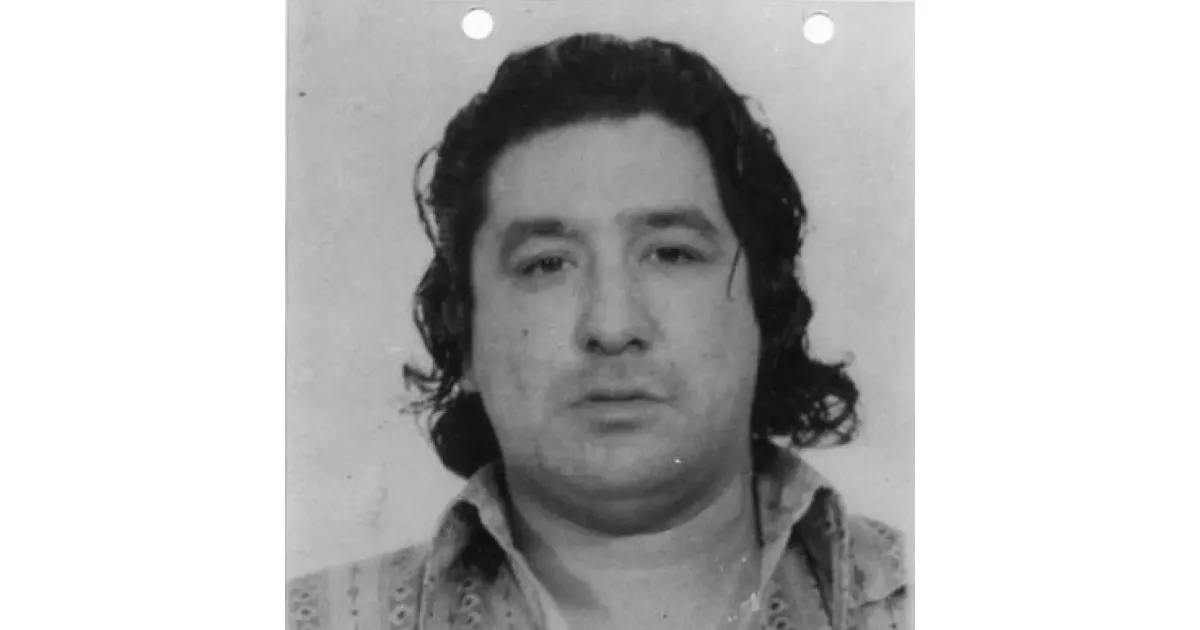Controversies are a part of history. Explore the biggest scandals linked to Leonard Peltier.
Leonard Peltier, a Native American activist and member of AIM, was convicted of the 1975 murders of two FBI agents during a shootout on the Pine Ridge Reservation. He maintains his innocence. Sentenced to two life terms, his case has been a focal point of controversy and debate, with many believing him to be a political prisoner. After decades of incarceration, Peltier's sentence was commuted to indefinite house arrest on February 18, 2025.
November 1972: Participation in the Bureau of Indian Affairs (BIA) Takeover
In November 1972, as an AIM member, Peltier participated in the Bureau of Indian Affairs (BIA) takeover in Washington D.C., which began as a peace march called the "Trail of Broken Treaties". The event escalated due to BIA and security officials attempting to forcefully remove protestors.
February 1973: Wounded Knee Occupation
In February 1973, AIM and Lakota members took over Wounded Knee at the Pine Ridge Reservation, leading to a 71-day siege by federal forces. During the occupation, Peltier was in jail in Milwaukee, Wisconsin.
June 1975: Myrtle Poor Bear Provides False Affidavits
In June 1975, following Peltier's arrest, the FBI suborned and coerced Myrtle Poor Bear to provide false affidavits against Peltier, claiming she was an eyewitness to the killing of two FBI agents on the Pine Ridge Reservation and an ex-girlfriend of Peltier's.
June 26, 1975: Pine Ridge Shooting
On June 26, 1975, a shooting occurred on the Pine Ridge Indian Reservation in South Dakota, resulting in the deaths of two FBI agents. Leonard Peltier was later convicted of their murders, a charge he denies.
December 11, 1975: Aquash interrogated about being an FBI informant
On December 11, 1975, Anna Mae Aquash was interrogated about being an FBI informant shortly before her murder, with Bruce Ellison participating.
December 1975: Anna Mae Aquash murder
In December 1975, high-ranking AIM activist Anna Mae Aquash was murdered at Pine Ridge, allegedly because she knew that Leonard Peltier had shot the two FBI agents.
December 22, 1975: Named to FBI Ten Most Wanted Fugitives List
On December 22, 1975, Leonard Peltier was named to the FBI Ten Most Wanted Fugitives list.
1975: Travels to Pine Ridge Reservation
In 1975, Leonard Peltier traveled to the Pine Ridge Indian Reservation as a member of AIM, while also being a fugitive with an arrest warrant.
1975: Peltier recounts shooting FBI agents
In 1975, Peltier allegedly told Darlene "Kamook" Ecoffey and Anna Mae Aquash that he had killed the FBI agents.
1975: Arrival at Oglala Nation to Protect Indigenous People
In 1975, Peltier arrived at the Oglala nation to help protect the Indigenous people living there who were being murdered. He and other AIM warriors were sent to defend the residents of the land, however, they were ambushed and forced to defend themselves.
1975: Aquash suspected of being an informant
In 1975, after Douglass Durham was revealed to be an FBI agent, AIM leaders suspected Anna Mae Aquash of being an informant.
February 6, 1976: Arrested in Canada
On February 6, 1976, Leonard Peltier was arrested in Hinton, Alberta, Canada, by the Royal Canadian Mounted Police.
December 1976: Extradition from Canada
In December 1976, Leonard Peltier was extradited from Canada to the United States based on documents later claimed to contain false information.
April 1977: Conviction and Sentencing
In April 1977, Leonard Peltier was convicted of the murders of Coler and Williams and sentenced to two consecutive life sentences.
1977: Began serving sentences
In 1977, Leonard Peltier began serving his sentences.
July 20, 1979: Escape from Federal Correctional Institution
On July 20, 1979, Leonard Peltier and two other inmates escaped from the Federal Correctional Institution, Lompoc, but he was captured three days later.
1979: Survival of Assassination Plot and Prison Escape
In 1979, Peltier survived an assassination plot and prison escape during his transfer to Lompoc prison.
1983: Interview for In the Spirit of Crazy Horse
In 1983, Leonard Peltier was interviewed for Peter Matthiessen's book "In the Spirit of Crazy Horse", where he provided an alibi about the events of the morning of the FBI agent murders.
1986: Conviction Confirmed
In 1986, Leonard Peltier's conviction was confirmed by the appeals court, despite evidence suggesting multiple AR-15s were present at the crime scene.
1992: Robideau says agents shot by 'Mr. X'
In the 1992 documentary, Incident at Oglala, AIM activist Robert Robideau said that the FBI agents had been shot by a 'Mr X'.
1995: Dino Butler denies Mr. X
In a 1995 interview with E.K. Caldwell, Dino Butler contended that 'Mr X' was a creation of Peltier's supporters to gain his release.
1999: Asserted innocence on CNN
In 1999, Leonard Peltier asserted on CNN that he did not commit the murders and does not know who did.
1999: Publication of "Prison Writings: My Life Is My Sun Dance"
In 1999, Peltier's memoir, "Prison Writings: My Life Is My Sun Dance," was published, where he admitted to participating in the shootout but denied killing the FBI agents.
2001: Rumors of Bill Clinton considering clemency for Peltier
In 2001, near the end of the Clinton administration, rumors circulated that Bill Clinton was considering granting Leonard Peltier clemency, leading to opposition from FBI agents and Director Louis Freeh.
2001: Bernie Lafferty says Peltier referred to murder
In a 2001 interview with News From Indian Country, Bernie Lafferty said that she had witnessed Leonard Peltier referring to his murder of one of the agents.
January 2002: Editorial accuses Peltier of murdering FBI agents
In January 2002, Paul DeMain wrote an editorial stating that an unnamed delegation told him Leonard Peltier had murdered the FBI agents.
2002: Peltier files civil rights lawsuit
In 2002, Leonard Peltier filed a civil rights lawsuit against the FBI and its agents, alleging a systematic campaign of misinformation.
March 10, 2003: Statements published in News from Indian Country
On March 10, 2003, Paul DeMain published statements in News from Indian Country, which caused Peltier to sue him for libel.
May 1, 2003: Peltier sues DeMain for libel
On May 1, 2003, Leonard Peltier sued Paul DeMain for libel over statements published in News from Indian Country.
2003: Grand jury hearings on Aquash case
In 2003, there were federal grand jury hearings on charges against Arlo Looking Cloud and John Graham for the kidnapping, rape and murder of Anna Mae Aquash.
2003: Two men indicted for Aquash murder
In 2003, two Native American men were indicted and later convicted of the murder of Anna Mae Aquash.
February 2004: Looking Cloud convicted of Aquash murder
In February 2004, Fritz Arlo Looking Cloud was tried and convicted of the murder of Anna Mae Aquash.
March 22, 2004: Civil rights lawsuit dismissed
On March 22, 2004, Leonard Peltier's civil rights lawsuit against the FBI, Louis Freeh, and FBI agents, alleging a campaign of misinformation, was dismissed.
May 25, 2004: Peltier withdraws libel suit
On May 25, 2004, Leonard Peltier withdrew his libel suit against Paul DeMain after settling the case.
2004: Ellison refuses to testify at Looking Cloud's trial
In 2004, Bruce Ellison refused to testify at Looking Cloud's trial, invoking his Fifth Amendment rights.
2004: FOIA Request Examination
In 2004, a Freedom of Information Act request prompted another examination of the FBI ballistics report used to convict Peltier, revealing some cartridge cases did not come from the rifle tied to him, though the appeals court rejected the defense's argument.
February 27, 2006: Court rules FBI doesn't have to release documents
On February 27, 2006, a U.S. District Judge ruled that the FBI did not have to release five documents relating to Leonard Peltier, citing national security.
June 26, 2007: Supreme Court orders Graham extradition
On June 26, 2007, the Supreme Court of British Columbia ordered the extradition of John Graham to the United States for the murder of Aquash.
2010: Graham tried for Aquash murder
In 2010, John Graham was tried by the state of South Dakota for his alleged role in the murder of Anna Mae Aquash.
2011: Kevin Sharp becomes U.S. District Judge
In 2011, Kevin Sharp, Peltier's serving attorney, became U.S. District Judge for the Middle District of Tennessee.
2014: Kevin Sharp becomes Chief Judge
In 2014, Kevin Sharp, Peltier's serving attorney, became Chief Judge of the U.S. District Court for the Middle District of Tennessee.
2016: Clemency application filed with Obama
In 2016, Peltier's attorneys filed a clemency application with the White House, leading to a campaign for President Obama to commute his sentence.
2017: Kevin Sharp ceases to be U.S. District Judge
In 2017, Kevin Sharp ceased to be U.S. District Judge for the Middle District of Tennessee.
July 9, 2021: Reynolds states Peltier's prosecution was unjust
On July 9, 2021, James H. Reynolds wrote a letter to President Biden stating that Peltier's prosecution and continued incarceration was unjust.
June 8, 2024: Interview with Kevin Sharp
On June 8, 2024, Peltier's attorney Kevin Sharp gave an interview regarding Peltier's case.
Mentioned in this timeline
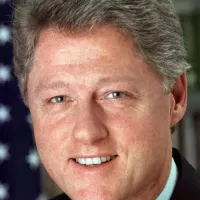
Bill Clinton the nd U S President - served as...

George W Bush the rd U S President - is...
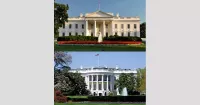
The White House located at Pennsylvania Avenue NW in Washington...
California is a U S state on the Pacific Coast...
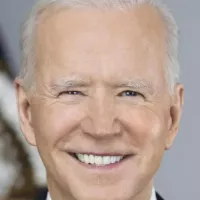
Joe Biden a member of the Democratic Party served as...
CNN Cable News Network is a multinational news organization founded...
Trending

9 months ago Brandon Williams' Injury Fuels Mavericks' Playoff Fears; Comes off Bench in Game

7 months ago Klay Thompson Mourns Beloved Bulldog Rocco: A Heartfelt Tribute on Social Media.

2 months ago DeRozan Believes Clifford Can Be A Star; Kings Surprise Lineup Move.

9 months ago Daniel Gafford Returns to Mavericks' Lineup After 21-Game Absence; Lively Soon Back
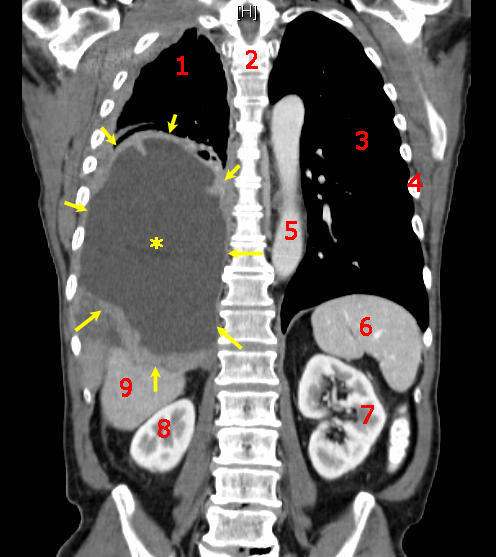
6 months ago King Charles Provides Health Update Amid Cancer Battle; Lumley Shares Insight

9 months ago Marlon Wayans Unveils Trailer for Jordan Peele's 'Him': A Football Horror Film
Popular

Stranger Things created by the Duffer Brothers is a popular...

XXXTentacion born Jahseh Dwayne Ricardo Onfroy was a controversial yet...

Kelsey Grammer is an accomplished American actor producer and singer...

Candace Owens is an American conservative political commentator and author...

Bernie Sanders is a prominent American politician currently serving as...

Melania Trump a Slovenian-American former model has served as First...
